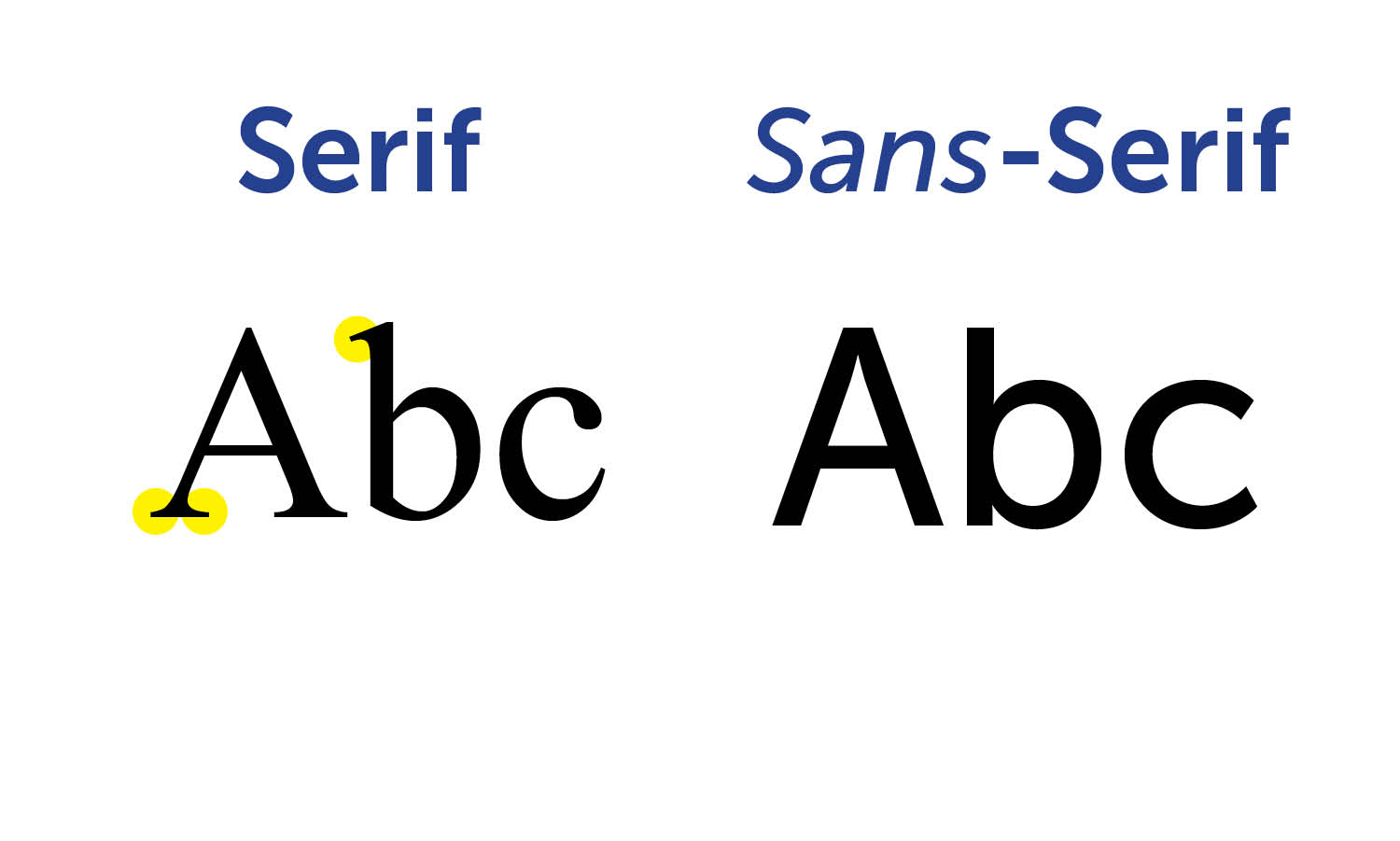

Let’s look at the law of fonts and typefaces and answer the most common questions agencies, designers, and marketers ask about using fonts in designs and marketing projects. After all, most lawyers don’t understand design or marketing.įar too many designers and marketers incorrectly assume that they can freely use any typeface or font for logo design or any other design project.Įven design and marketing agencies often run afoul of font law and expose themselves and their clients to legal liability.

The truth is that most people, and especially designers and marketers, do not understand the law governing the use of typefaces and fonts.

For example, when people choose a large accessibility text size, Mail displays the subject and body of the message in the large size, but leaves less important text - such as the date and the sender - in a smaller size.The right typeface is often the key to strong brand identity, a well-designed website, sharp looking brochures, and strong marketing materials.īut there’s much confusion and misinformation about typefaces, fonts and how designers and marketers can lawfully use them commercially. When someone chooses a larger text size, they typically want to make the content they care about easier to read they don’t always want to increase the size of every word on the screen. Prioritize important content when responding to text-size changes.

For example, if you’re using system-provided fonts, use Regular, Medium, Semibold, or Bold font weights, and avoid Ultralight, Thin, and Light font weights, which can be difficult to see, especially when text is small. In general, avoid light font weights to help maintain readability. If testing shows that some of your text is difficult to read, consider modifying the text or background colors to increase contrast, using a larger type size, or using typefaces designed for optimized legibility, like the system fonts. For example, in addition to adjusting text size, people may view your content outside in bright sunlight, glance at it while they’re in motion, or view it from a distance. Mixing too many different typefaces can obscure your information hierarchy and hinder readability. Minimize the number of typefaces you use in your interface. Be sure to maintain the relative hierarchy and visual distinction of text elements when people adjust text sizes. For developer guidance, see Text input and output for available sizes, see Specifications.Īdjust font weight, size, and color as needed to emphasize important information and help people visualize hierarchy. When you support Dynamic Type - a feature that lets people choose the size of onscreen text in iOS, iPadOS, tvOS, and watchOS - your app or game can respond appropriately when people adjust text to a size that works for them. Other factors - such as the reader’s proximity to the display, their eyesight and whether they’re in motion, and environmental lighting conditions - all impact legibility. Differences in device displays, including pixel density and brightness, can influence the appropriate minimum font size. Strive to maintain a minimum font size that most people can read easily. In addition to ensuring legible text, your typographic choices can help you clarify an information hierarchy, communicate important content, and express your brand.


 0 kommentar(er)
0 kommentar(er)
